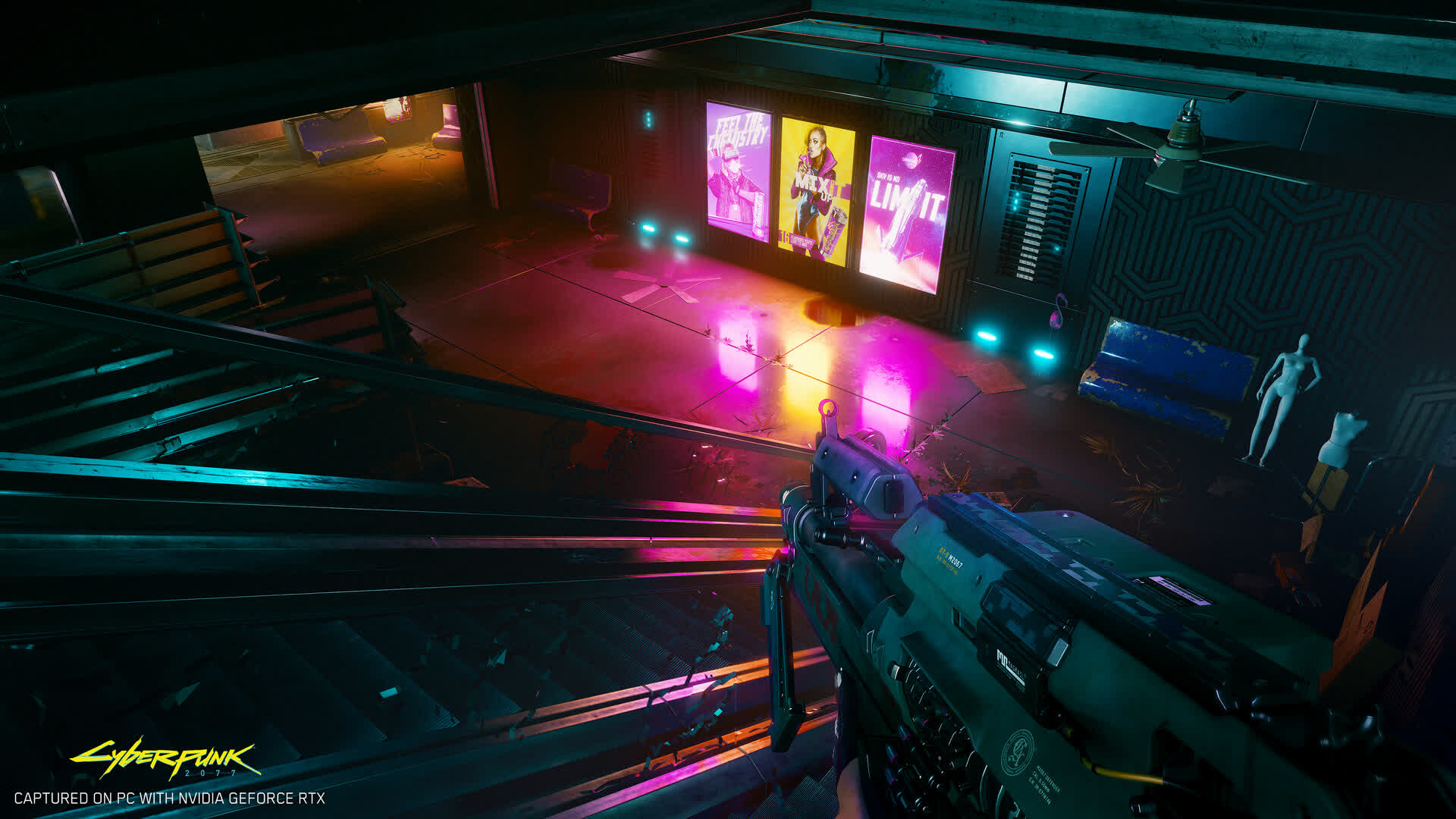In brief: Vulkan has become a strong and popular contender to Microsoft’s DirectX 12 graphics API. It’s favored by developers (and even players, such as myself) for its superior performance (when well-implemented) and its hardware-agnostic nature, but despite these pros, Vulkan has been lacking in one critical area — ray tracing. Fortunately, that’s finally changing now: Khronos has just released the tech necessary for developers to fully integrate RT features into Vulkan.
This news comes straight from the horse’s mouth, thanks to an announcement post published by Khronos (the developer being Vulkan) today. In the post, Khronos says it’s successfully released the “final versions” of the set of Vulkan, GLSL, and SPIR-V extension specifications that “seamlessly integrate ray tracing into the existing Vulkan framework.”
Khronos says this is a significant milestone, as it’s the industry’s first open, cross-vendor, and cross-platform standard for ray tracing acceleration. Since the only real way to harness RT features thus far has been through Nvidia’s RTX GPUs and DX12 Ultimate, we certainly agree with Khronos’ assessment here.

Perhaps we’ll see Vulkan-accelerated ray tracing in Cyberpunk 2077 someday.
More competition is always a good thing, and even though it took a while, it’s nice to finally see Vulkan challenge DX12 and DXR more directly. For players, this doesn’t mean much for the immediate future. Developers will need to bake support for Vulkan into their latest titles; it’s far from an automatic process.
However, the good news is, Vulkan can take advantage of a wide variety of hardware — while it can use dedicated RT cores to function, it doesn’t have to. Theoretically, any GPU could run Vulkan RT using existing “GPU compute” cores, but obviously, performance probably won’t be great without some kind of dedicated acceleration (for now, anyway).
Khronos outlines some of the key improvements arriving with its latest Vulkan release in its announcement post, but it’s a fairly low-level overview, so we won’t be covering it here. If you’re familiar with the inner workings of graphics APIs, though, be sure to take a look — you might find it interesting.

